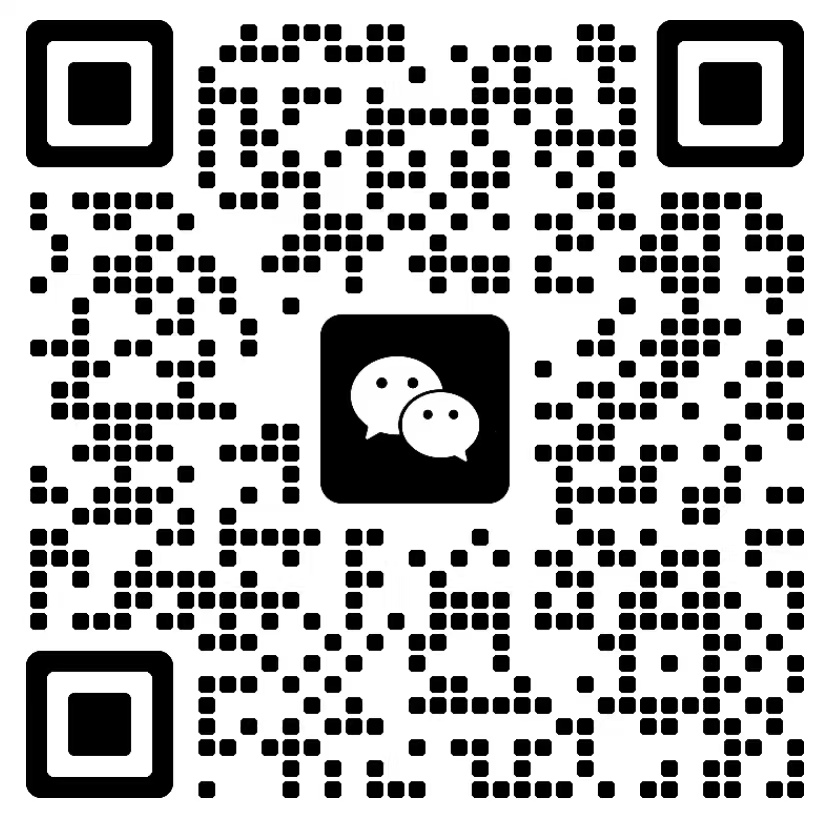Over the past five years, heated wear has moved from niche winter sports to mainstream outdoor, industrial safety, delivery, and mobility use. Market reports show steady double-digit momentum in several segments: global heated clothing was about USD 0.33B in 2023 with forecasts roughly doubling by early-2030s; heated jackets alone are projected to grow robustly through the next decade, according to Fortune Business Insights.
Yet as volumes rise, the weak link is too often the battery pack—runtime collapses in the cold, inconsistent connectors slow integration, certification and shipping hold up launches, and safety incidents dent consumer trust. Recent U.S. CPSC action against a mass-market heated glove SKU underscores the stakes: overheating/burn hazards triggered a nationwide warning.
Broader use cases: commuter cycling, last-mile delivery, ski and snow operations, motorsports, hunting/fishing—each with different duty cycles and output needs. Growth forecasts for heated clothing and jackets reflect this diversification.
Higher expectations: buyers now expect lighter packs, faster charging, and longer runtime across garments (gloves, vests, jackets) rather than single-SKU batteries.
Tighter scrutiny: regulators and platforms require UN 38.3 transport compliance and recognized safety standards (IEC/UL 62133-2, UL 2054). Airlines also cap state-of-charge at 30% for standalone cells shipped by air cargo.
1. Cold-Weather Runtime Drop
Li-ion chemistry loses available capacity and power at sub-zero temps due to sluggish ion transport. In cold conditions, devices show shorter runtime and slower charging acceptance—the same physics hampering EV range in winter.
2. Safety Risks from Inadequate Protection
Packs without robust BMS, temperature sensing, or quality cells can overheat or hotspot, eroding user confidence and exposing brands to recalls or warnings.
3. Fragmented Connectors & Voltages
Mixed standards (5 V USB, 7.4 V, 11.1 V DC, proprietary barrel plugs) complicate integration across gloves, vests, and jackets, raising BOM and inventory complexity.
4. Compliance & Logistics Friction
Missing or incomplete UN 38.3 test summaries, unclear labeling, and late certification (IEC 62133-2 / UL 2054) delay listings and air shipments. U.S. DOT/PHMSA treats lithium batteries as hazmat; documentation must be exact.
1) Engineer for Cold First
Specify low-temperature-optimized cells and electrolytes; validate discharge at −10 °C to −20 °C across full duty cycles.
Use NTC/thermistor-based thermal sensing and a BMS algorithm that limits output or pre-heats when cells approach critical temps.
Publish real runtime at −10 °C, not room-temp figures, to match field reality. (Supported by low-temp Li-ion literature on capacity/efficiency loss.)
2) Make Safety Measurable
Design to IEC 62133-2:2017 (portable Li-ion) and, where applicable, UL 2054 (household/commercial batteries).
Implement cell-level and pack-level protections: over-charge/over-discharge, short-circuit, over-current, thermal runaway mitigation, and balanced charging.
Maintain an up-to-date UN 38.3 Test Summary package; ship standalone cells at ≤30% SOC for air cargo, referring to Intertek standards.
3) Standardize the Interface
Consolidate on two DC buses for heated wear: 7.4 V (2S) for gloves/liners and 11.1 V (3S) for vests/jackets; define current limits per garment class.
Adopt keyed, locking, water-resistant connectors (IP-rated) across SKUs; provide color-coded harnesses to reduce assembly errors. (Best-practice integration guidance.)
4) Charge Like Modern Electronics
Offer USB-C PD input for universal charging; map profiles to protect 2S/3S packs and avoid over-current events.
Add fuel-gauge with true SOC at low temp and calibrated LED/companion-app readouts so users trust remaining time in the cold. (Industry practice; aligns with market demand for faster, easier charging.)
5) Build for Field Durability
Ruggedize enclosures to impact + moisture (e.g., IP54+), add strain-relief on leads housed in glove gauntlets, and spec textile-safe thermal insulation around hotspots.
Validate sweat/salt-fog exposure and repeated flex cycles typical of gloves and cuffs. (Best-practice testing for wearables.)
6) De-risk Listings & Shipments
Prepare a compliance pack that includes: IEC/UL certificates, UN 38.3 TS, MSDS/SDS, hazmat labels, and packing instructions for each route (air/sea/ground).
Align launch schedules with certification lab lead times to avoid missed seasons.
Contact: Export Sales Team
Phone: 0086-137 2428 6965
Tel: 0086-755-61301207
Email: info@epower-energy.com
Add: Room 701, Building D, Banwei Industrial Park, No. 17 Yongxiang East Rd., Longgang, Shenzhen, China
We chat
